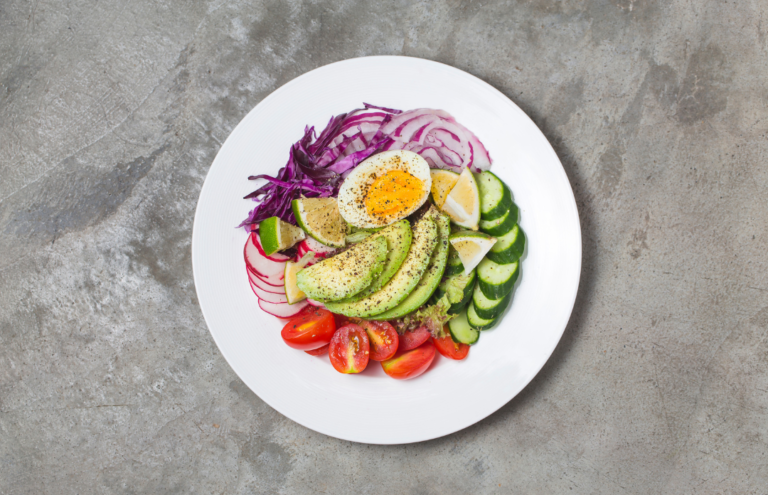Hey there, fellow teachers!
Have you ever tried to create a new food habit, only to feel like it backfired? Maybe it involved a form of restriction, like thinking, “I’m only going to eat healthy foods,” or, “I won’t touch birthday cake in the staffroom anymore.” Perhaps you decided to cut out sugar completely, even fruit, because you’d heard it wasn’t good for you. Or maybe you planned a ‘cheat day’ every week—only to find it hard to stick to.
If this sounds familiar, you’re not alone! These restrictive approaches can often feel like they set us up to fail. But what if we approached food habits differently? Instead of aiming for perfection, focus on just one thing at a time.
Don’t make it all-or-nothing—make it about just one thing.
I could sit here and list ALL the things you should do and should eat… but let’s be real—you already know that, right?
Instead of trying to overhaul everything, focus on just one small change that can simplify your mealtime decisions. Here are some ideas to reduce decision fatigue and make food choices feel easier:
- Prep ahead might be useful for you. Use pre-cut veggies or chop your own and store them where they’re easy to grab. Batch cooking and freezing meals can also save time and energy during the week.
- Maximize what you already have. Turn those leftover sauces from take-away into new meals or stock up on frozen veggies—they’re versatile, convenient, and budget-friendly.
- Use you friend, technology. Good old google can help you turn available ingredients into meal ideas.
Nourish Your Food Thoughts
Our thoughts about food shape our habits and our relationship with eating. By reframing food thoughts, we can reduce guilt and make choices that feel good both mentally and physically. Here are some ideas to help reframe your food thoughts:
- Food is fuel, but it’s also enjoyment.
It’s okay to savour your favorite foods without guilt. That birthday cake in the staffroom? It’s a moment to celebrate and connect with your colleagues—just as valuable as any nutrient.
- Think “what can I add?” instead of “what should I cut?”
Rather than focusing on what to avoid, ask yourself: What could I add to this meal to make it more satisfying and nourishing? Maybe it’s a handful of spinach to a sandwich or some nuts on top of your yoghurt.
- Focus on the feeling and experience.
Pay attention to how food makes you feel. Does your lunch leave you energized for the afternoon? Does a slower, screen-free meal help you feel more satisfied? Let those positive experiences guide your choices.
- Embrace flexibility.
No single meal or day will make or break your habits. Flexibility is key to building a sustainable approach to eating. Remember, our food choices can adapt to meet our needs, routines, and circumstances.
- Language matters.
The words we use to describe food can influence how we feel about our choices. Try replacing judgemental terms like “cheat,” “bad,” or even “good” with more neutral or positive language. For example, instead of calling it a “cheat meal,” you might say, “This is something I’m enjoying today.” This simple shift can help foster a healthier, more flexible mindset around food.
By nourishing your mindset around food, you can create a positive ripple effect—not just for yourself, but for those around you, including your students. What’s one small shift you can make today? Whether it’s adding a fresh twist to your lunch or speaking more kindly about food, remember—these little changes can lead to a lasting impact!
